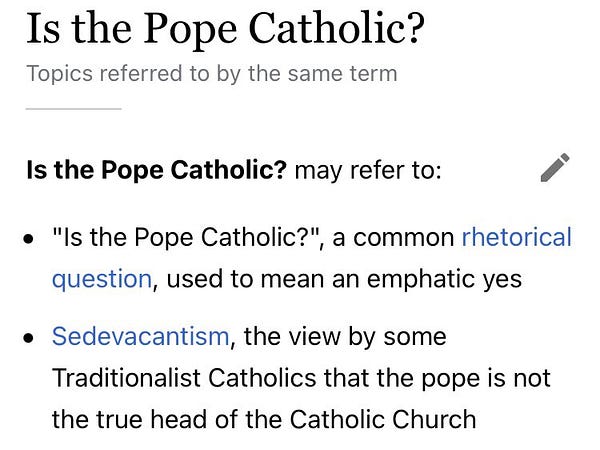In this issue: Metaverse pessimism / Actual good use cases for the metaverse / Making $200k a year ghostwriting on Twitter / AI copywriters make decent prototypes / Prepping for a Joe Rogan appearance / RIP Microsoft Office / Welcome to the world, Netflix Basic With Ads.
If you know anything about me as a writer and as a professional human being who is paid good money to give PR and marketing advice, you know that I piss upon the metaverse frequently and with joy.

The “metaverse” is a sad, pathetic mess of legacy technology companies trying to convince eager marks to put on VR headsets and use buggy software. Absolutely noone wants to work on Excel sheets in VR. Creating a digital avatar of your doughy, merely average real-life human body is sad, not exciting.
If you want to talk about the metaverse as a continuum of online gamers doing cool stuff in Roblox or Minecraft, I’m all ears because the kids know where it’s at. But 99% of all corporate “metaverse” discussion is… You know, not optimal.
But occasional cool stuff does pop up.
Specifically, 3D video calling booths.
Google’s Project Starline basically consists of video call booths and an accompanying tech backend that digitally recreates the experience of talking to another human being through a window. Per Google VP Clay Bavor:
Project Starline — a technology project that combines advances in hardware and software to enable friends, families and coworkers to feel together, even when they're cities (or countries) apart.
Imagine looking through a sort of magic window, and through that window, you see another person, life-size and in three dimensions. You can talk naturally, gesture and make eye contact.
To make this experience possible, we are applying research in computer vision, machine learning, spatial audio and real-time compression. We've also developed a breakthrough light field display system that creates a sense of volume and depth that can be experienced without the need for additional glasses or headsets.
The effect is the feeling of a person sitting just across from you, like they are right there.
Cool tech. Per Techcrunch’s Sarah Perez, Google will begin testing out the video call booths in the offices of customers including Salesforce, WeWork, T-Mobile and Hackensack Meridian Health (Obligatory disclaimer: I’ve worked with Google & T-Mobile on prior marketing communications projects).
I can see a lot of use for this tech in business and personal settings. I hope it succeeds.
Sponsor Break!
This post is sponsored by Ungerleider Works.
I run Ungerleider Works. We work with clients on things like editorial strategy, scriptwriting, ebooks, research and podcast/newsletter launches.
Get your free consultation here.
Ungerleider Works runs on Notion. Use our link for a Notion discount.
Ungerleider Works uses The Futur’s Operating System to manage projects, clients, and sales. Get Operating System here.
Links:
How a ghostwriter makes $200,000 a year writing tweets for VCs. I can believe this! I work as a ghostwriter for VCs in other capacities (Mostly speechwriting, presentation coaching and other more time-consuming things) and know enough of this world to know it’s both possible and likely. I’d also argue the toughest part of this gig isn’t writing the tweets themselves; it’s having a highly specific understanding of the interests and cultural in-signals of higher-tier Silicon Valley VCs. Cynical but truth!
Microsoft launching Microsoft Designer, a free Canva competitor with DALL-E 2 integration. Genuinely curious to see how this goes, and if it’s a full Canva competitor or more of a marketing funnel for MSFT’s fuller-featured products. Speaking of which…
Microsoft is retiring the Microsoft Office brand. All hail Microsoft 365.
How to prepare for AI disruption in content marketing. Author Ali Faagba gives a smart overview of how AI tools are used for copywriting. I’ve used Jasper to rapidly brainstorm landing pages and blog posts with clients before and it’s been an interesting experience. It can’t compete with a human but the AI tool does generate clunky-but-usable copy that’s good enough for a first draft. It’s certainly better than some writers I’ve met in my career.
Joe Rogan has a werewolf. Activision Blizzard chief comms officer and former Substack VP of comms Lulu Cheng Meservey writes about the experience of going on-air (and preparing to go on-air) for the Joe Rogan Experience.
In paid posts on the world's largest social media platform, the country's two political parties are speaking to two separate and distinct Americas. Axios breaks down detailed data from Meta about targeted Republican and Democratic ads on Facebook and Instagram. Some gems here, speaking of Rogan:
The most commonly used targeting criterion among the ads examined by Axios came from the Democratic side: more than 900 filtered out fans of Joe Rogan, the ultra-popular podcaster, ensuring they wouldn't see the ads.
But two Democratic campaigns — Texas gubernatorial candidate Beto O'Rourke and Senate hopeful John Fetterman in Pennsylvania — also sought out Rogan fans for a handful of their ads.
Internal Tech Emails twitter is the best way to understand how large tech companies work, bar-none.
The only good fast food ads now are via France. Copyranter on the brilliance of French KFC ads.
Netflix’s ad tier will cost $6.99 a month and launch in November. It’s heeeeeere. To absolutely noone’s surprise, hundreds of advertisers have already purchased inventory.
Last but not least, friend-of-the-newsletter and all around smart human Matt Mankins is working on a great new project, Monetized. The pitch:
Convert your links into payment pages, memberships, events and more.
No coding required.
Check it out.
Chasers:
Malcolm Gladwell at Microsoft Research.
And all hail Depths of Wikipedia.
That’s it for this edition. Until next time, you lovely people and SEO-scanning bots. Until next time.






